HTC Desire 10 Lifestyle Review
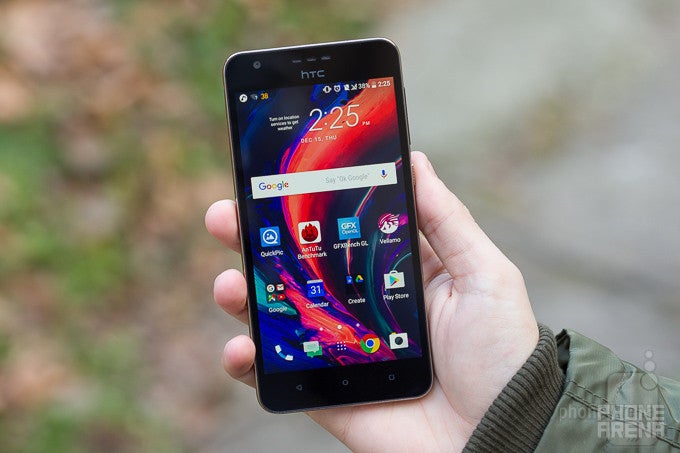
Introduction
The HTC Desire 10 Lifestyle is a mid-range Android smartphone that's not for everyone. While it does have its pros, there are more than enough cons to weigh it down.
The handset isn't available in the US, but European customers can get it for around $300, which makes it a bit more expensive than most of its competitors. We'll let you decide for yourself if the price is worth it. So, let's get straight into it, shall we?
In the box:
- HTC Desire 10 Lifestyle
- USB to Micro-USB cable
- Wall charger
- Hi-res audio headphones
- Wrist strap
- Various booklets
Design

The HTC Desire 10 Lifestyle comes in four color variants – Polar White, Stone Black, Royal Blue and Valentine Lux (a gentle light blue). We have the Stone Black up for review, and we have to admit it looks pretty good.
The device features some gold-coloured accents on top of its all-plastic design, which really make it stand out. We would prefer metal or glass, but the price sort of justifies the materials.
And despite the all-plastic design and bigger form factor, the phone feels pretty good in the hand. It doesn't slip and slide anywhere, and it feels sort of natural to hold. The physical power button on the side has a nice clicky feel to it that provides more than enough tactile feedback without being too flimsy.
The top and bottom bezels around the 5.5” screen could use a bit of trimming, but they're not that big either. Especially considering that the bottom one houses three capacitive touch buttons.
The volume rockers on the right side of the handset feel a little awkward to use. They're way too flat and, unlike the power button directly below them, don't provide much feedback when pressed. But with enough time to get used to them, they could be deemed as passable.
The left side of the device houses the two Nano SIM slots and a microSD slot for storage expansion. According to the official specifications, it should be able to handle a microSD card with up to 2 TB of capacity.
The bottom side of the phone holds the wrist strap hook, micro USB port and the handset's speakers, while the top only has a 3.5 mm port.
Display
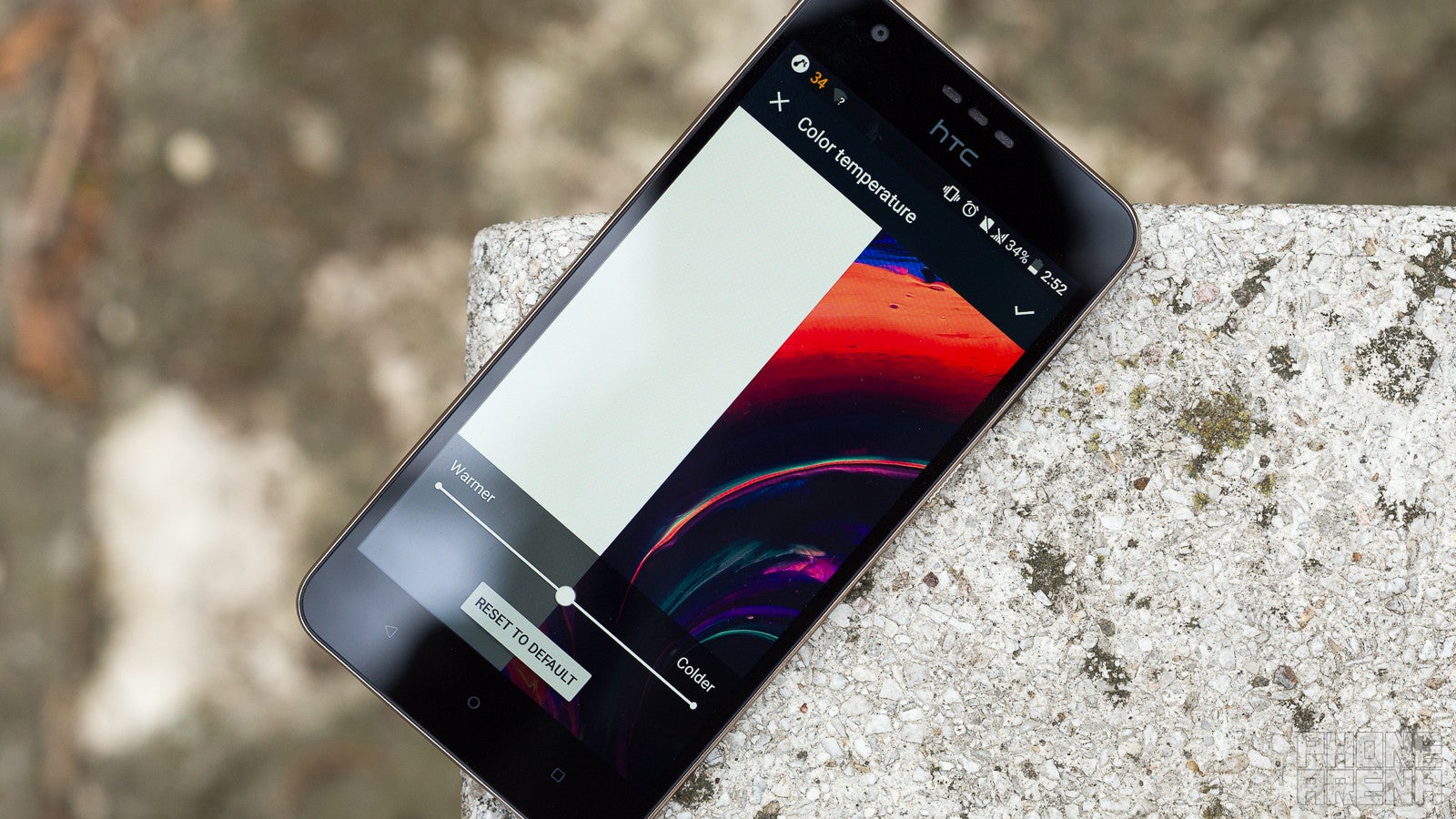
The Desire 10 Lifestyle features a 5.5” LCD screen, with a resolution of 720x1280 pixels. This makes for a pixel density of 267 ppi, which is good enough for browsing the web or reading e-books.
When it comes to colors, you have a choice. The HTC Desire 10 Lifestyle offers a color temperature slider in its settings, which lets you customize how cool or warm you want your colors to be. By default the display is somewhat cool, however.
Viewing angles probably present the biggest compromise in the display department, as visuals get rather washed out when viewed at medium to wide angles.
Interface
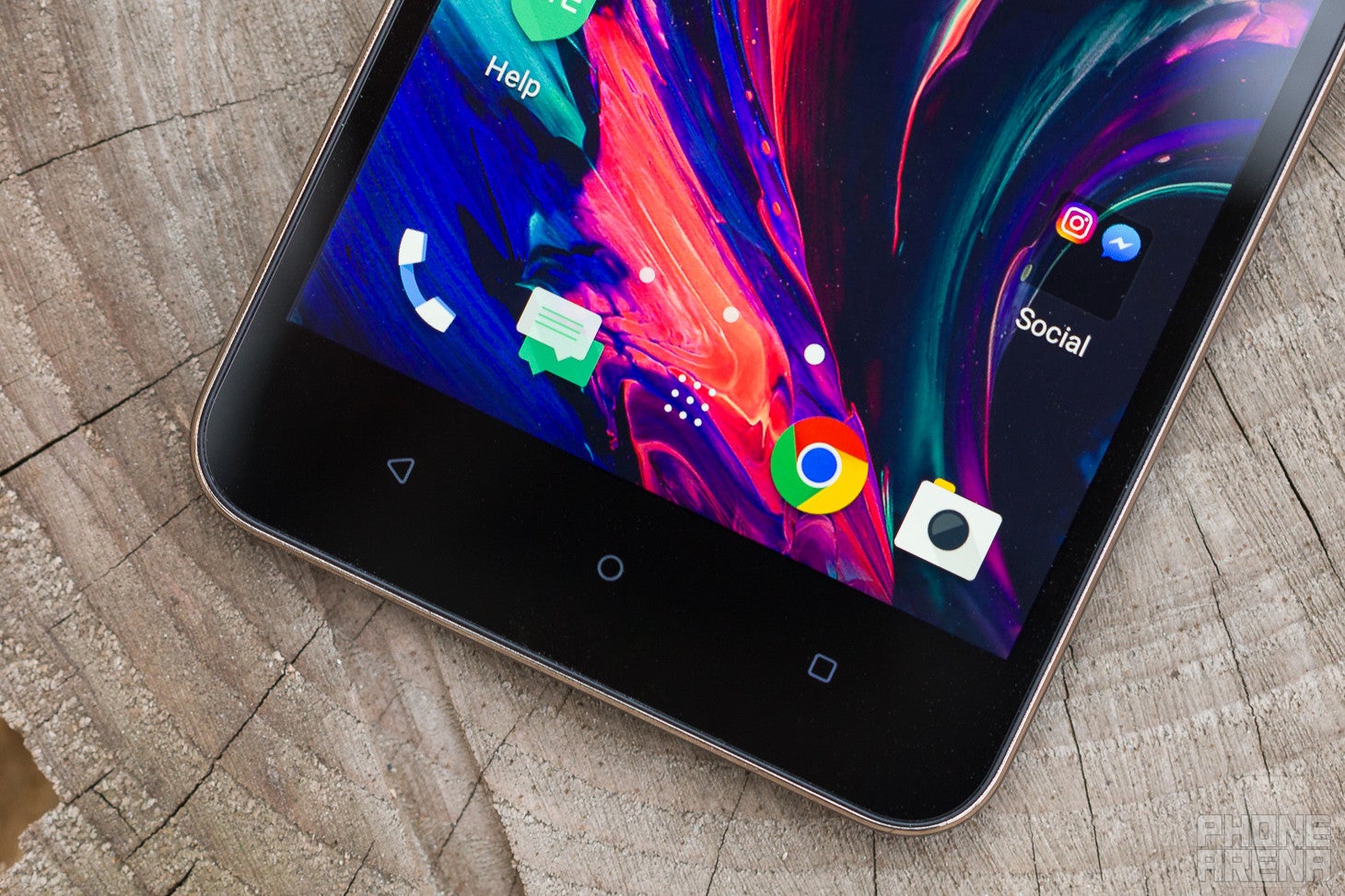
The HTC Desire 10 Lifestyle runs on Android 6.0.1 Marshmallow. It is still unknown if and when the handset will get a taste of Nougat, but the experience of Marshmallow, paired with the familiar HTC Sense UI is quite enjoyable.
And if you're not a fan of the default look, everything is fully customizeable through the HTC Themes app. And we truly mean everything – wallpapers, icons, default fonts, color schemes, you name it.
In case you find your experience with the handset to be sluggish, there's also the Boost+ app, which helps you optimize both background apps, and those in current use. It will also allow you to clean junk files regularly, so your storage doesn't get cluttered with cached web pages and temporary files.
Nothing is perfect, though, and this rings true for the user experience with HTC Sense too. The standard TouchPal keyboard is sometimes a pain to use. It does the trick for regular texts, but adding another language, for example, is a multi-step process that sends you digging through menus and options that could easily confuse the regular user. Not to mention that the layout for numbers and special characters feels plain wrong.
Processor and memory
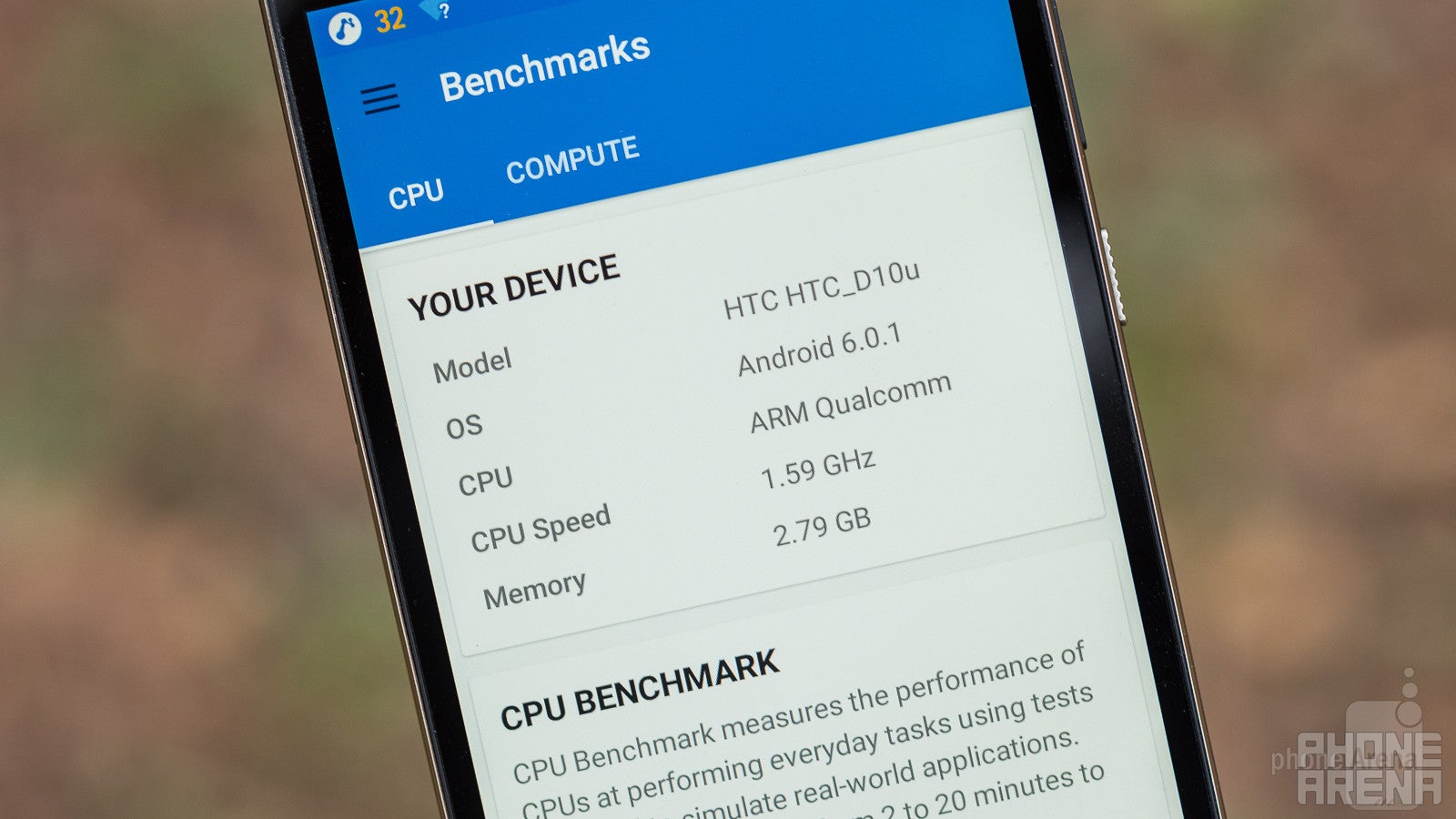
The HTC Desire 10 Lifestyle comes in two variations, both of which employ the Qualcomm Snapdragon 400 SoC with integrated Adreno 305 graphics processor. The Snapdragon 400 is a passable mid-range quad-core CPU, working at a frequency of 1600 MHz. For the 720x1280 pixels screen that's more than enough, but it's still not in the top of its class. To put it in perspective, both the Samsung Galaxy J7 and the Sony Xperia XA come with faster, octa-core processors – Exynos 7 Octa and MediaTek Helio P10, respectively.
When it comes to memory, the handset comes with either 2 GB or 3 GB of RAM, which is plenty in this case, and is right up there with Samsung's mid-rangers. The 3 GB version comes with 32 GB internal storage, while its smaller sibling has just 16 GB. To be perfectly honest, we could ask for more, but the microSD slot makes up for the internal storage, as it can handle cards of up to 2 TB of capacity.
Overall, the phone feels pretty smooth and we haven't had any issues with stutter throughout our limited time with it, so we'd argue that HTC has done its best to optimize the experience with the Desire 10 Lifestyle.
Connectivity
The HTC Desire 10 Lifestyle comes with LTE support for bands 1, 3, 5, 7, 8, 20 and 28. Only Band 5 is deployed in the US and it's in use by AT&T and U.S. Cellular, so Americans should steer clear from this device, if they're not with one of those two carriers.
But for international customers, the Dual-SIM setup might come in handy. Best thing is, it doesn't come at an expense of a memory card slot.
Other than that, the HTC Desire 10 Lifestyle comes with the standard connectivity goodies – 802.11 b/g/n Wi-Fi, Bluetooth 4.1 and an NFC chip are all included.
Camera
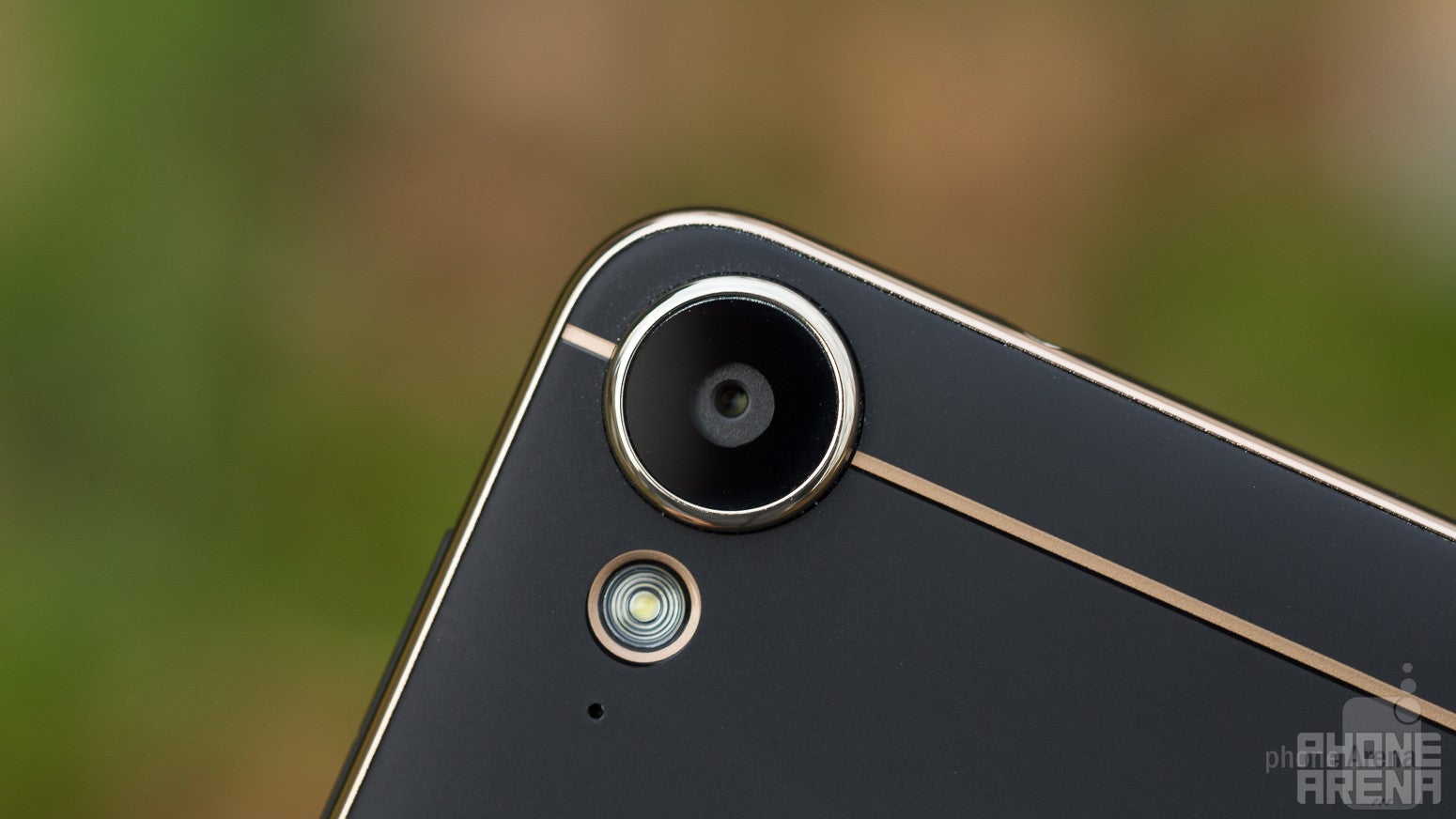
The HTC Desire 10 Lifestyle comes with a 13 MP rear-facing camera and a 5 MP selfie snapper. The default camera app that controls them is simple to use and rather quick to respond, until you hit the capture button. The cameras' speed is not ideal, but it's not too concerning either.
The device's cameras don't come with too many features, which helps them remain easy to use. The most notable ones would be the panorama mode on the main sensor, and the smile shutter and “Live make-up” feature on the selfie snapper. The last one is just a fancy name HTC gave to its beautifier technology.
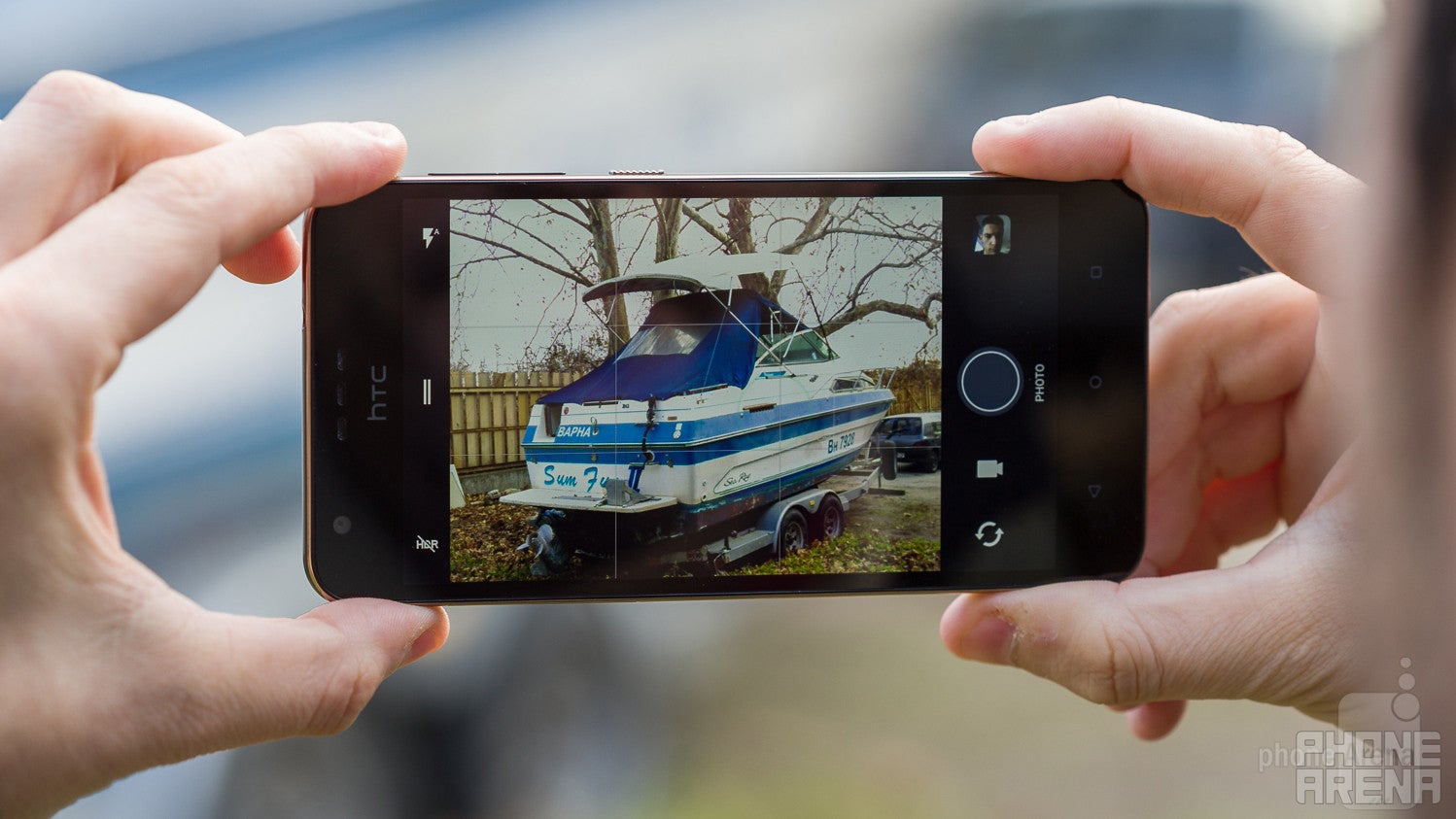
Both of the cameras produce passable results, but there is noticeable noise in the pictures, both from the main sensor and the front-facing camera. This is especially prominent in low and medium light conditions. Turning on HDR helps improve image quality in low light significantly, but camera performance remains sub-par, compared to other handsets in the same range.
When it comes to video, it seems to have pleasing colors, but detail level is very low, and there's also quite a bit of shakiness. We would certainly take a pass on vlogging with this phone.
Multimedia
We were hopeful about the audio quality of the HTC Desire 10 Lifestyle. The device does feature some pretty loud stereo speakers, but still, don't expect wonders from them. They may sound a bit noisy at times, especially if you listen to busier songs, with lots of instruments playing at the same time. The Desire 10 Lifestyle is capable of playing Hi-Res 24-bit audio files, which may be a nice extra if you happen to have songs of such quality in your library. For MP3s and normal streaming services, though, like Spotify, this benefit will not be felt.
Call Quality

Battery life
According to our tests, the battery life of the device is average at best. We really didn't expect much starting the tests, but we thought that the 720x1280 display, combined with the mid-range processor, which isn't that power-hungry, could surprise us. However, the HTC Desire 10 Lifestyle ran out of juice in 6 hours and 2 minutes during our standardized test, which is a strictly average result.
That being said, the handset did last us through a day of average usage, without any close calls. So, battery life could have been far worse.
Conclusion
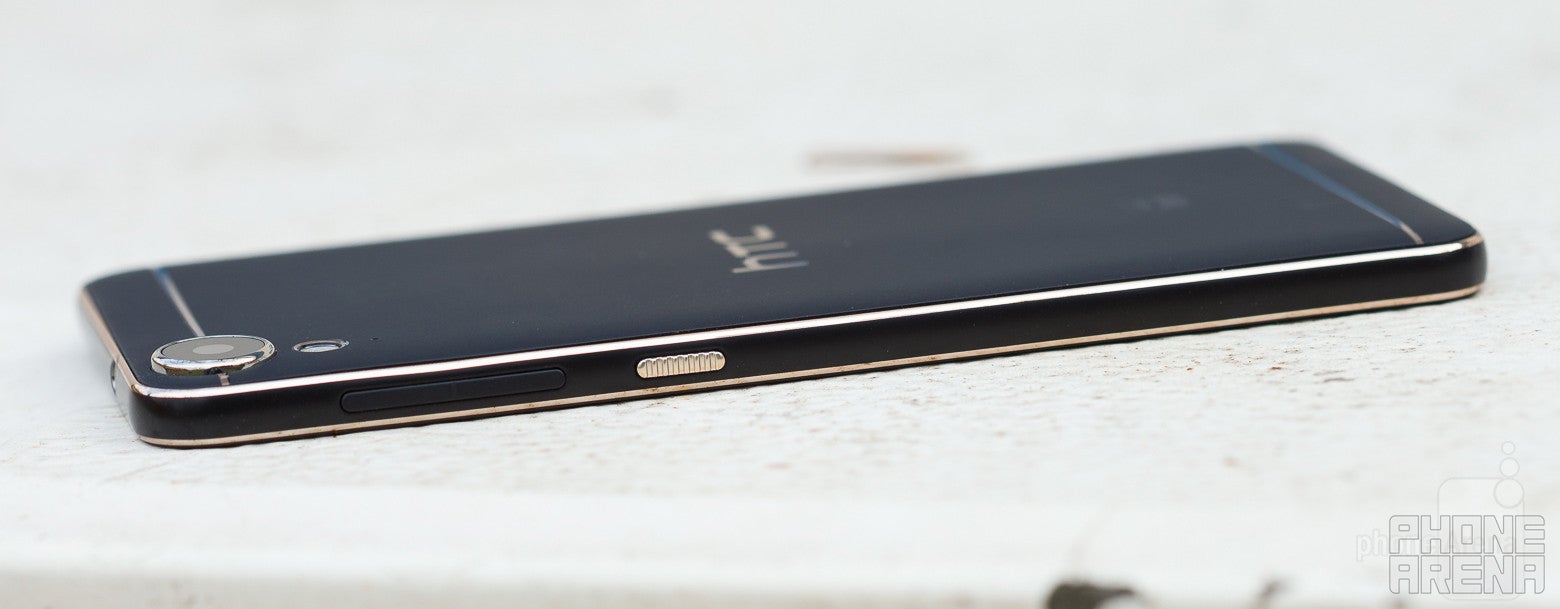
The HTC Desire 10 Lifestyle is a good value-for-money phone. It does come with some characteristic features, such as the stereo speakers and the unique design, that set it apart from other devices in its class.
If you're looking for an affordable phone, the Desire 10 Lifestyle could cater to your needs with its smooth user experience and okay performance with web browsing and standard apps, and it has a really big screen.
If you're looking for a mid-ranger with good gaming performance, though, we'd suggest the Samsung Galaxy J7 or the Xperia XA (which is a bit more compact), as the Desire 10 Lifestyle's chipset isn't that proficient when it comes to handling resource-intensive apps.

Follow us on Google News


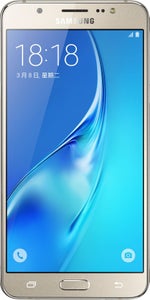
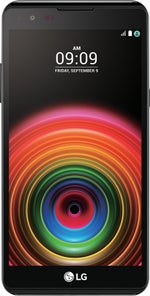
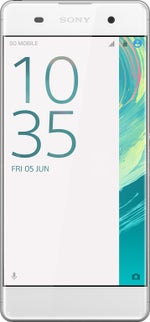
























![A new Android bug is making it impossible to install new apps. Are you affected? [UPDATE]](https://m-cdn.phonearena.com/images/article/176703-wide-two_350/A-new-Android-bug-is-making-it-impossible-to-install-new-apps.-Are-you-affected-UPDATE.webp)

Things that are NOT allowed:
To help keep our community safe and free from spam, we apply temporary limits to newly created accounts: